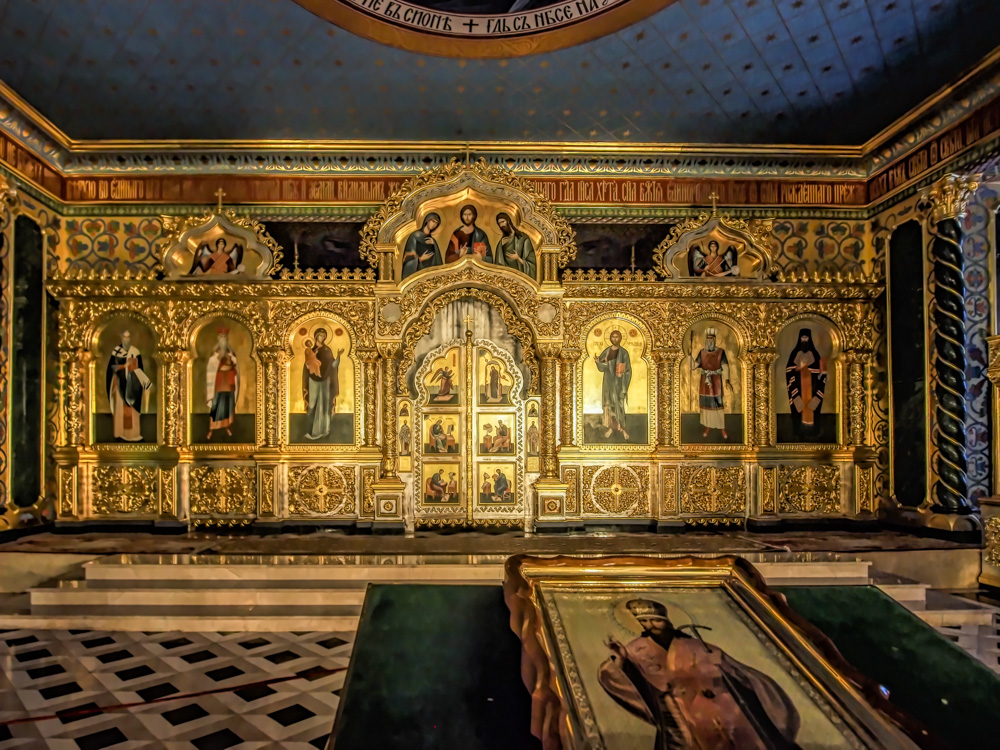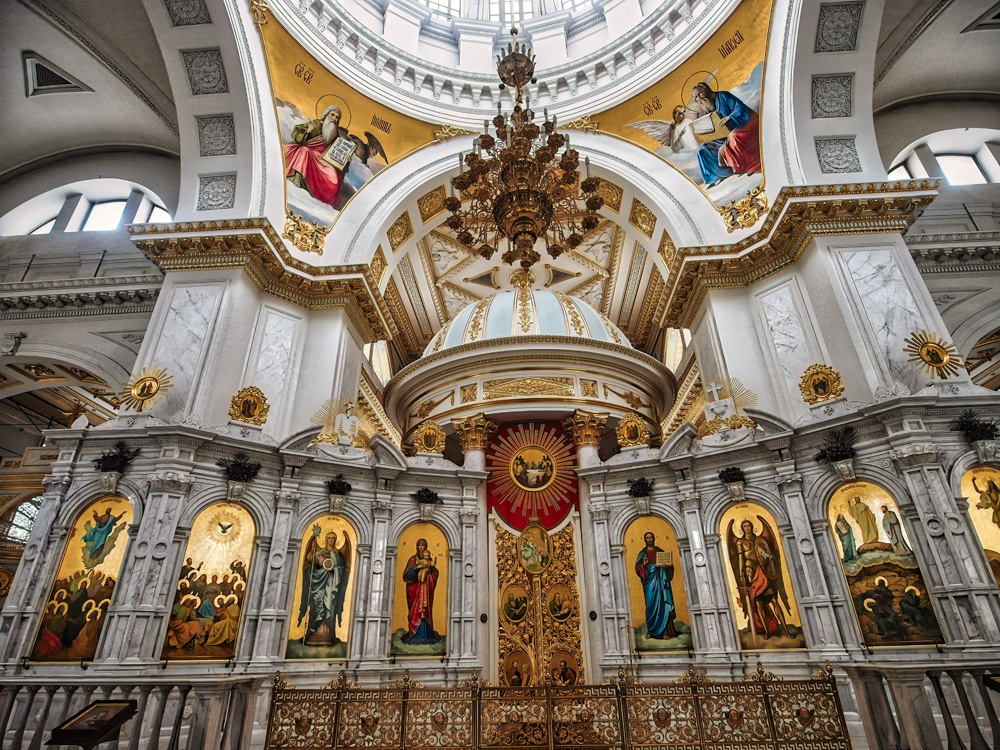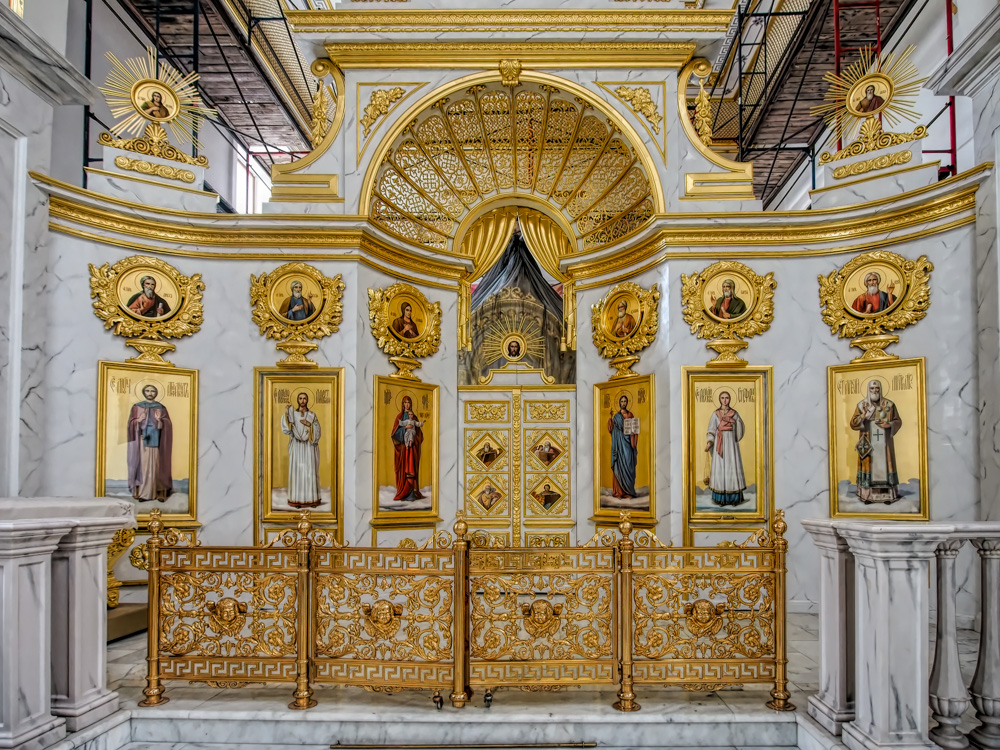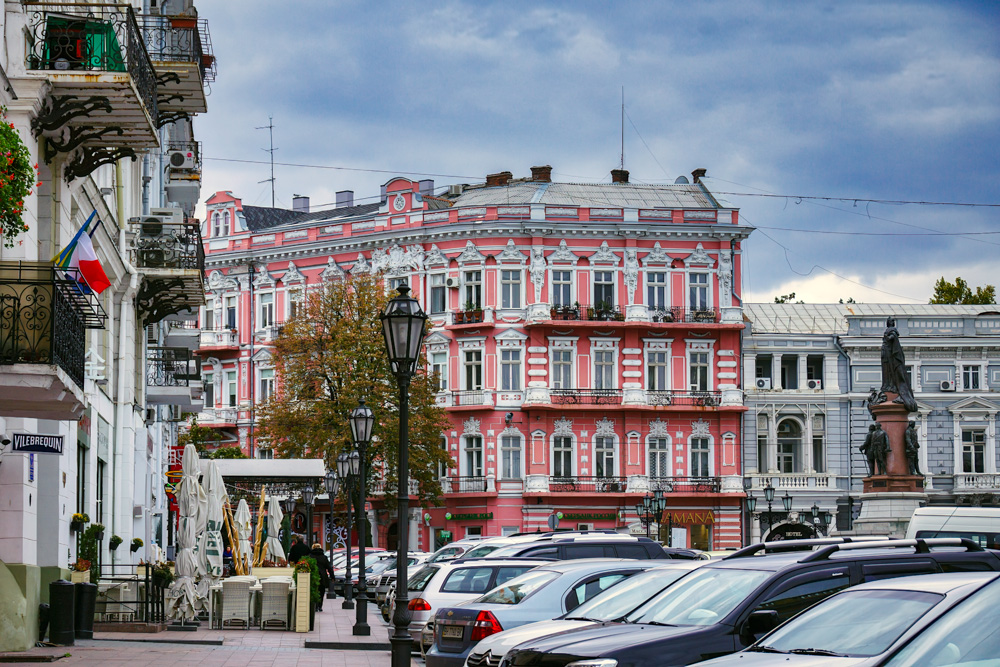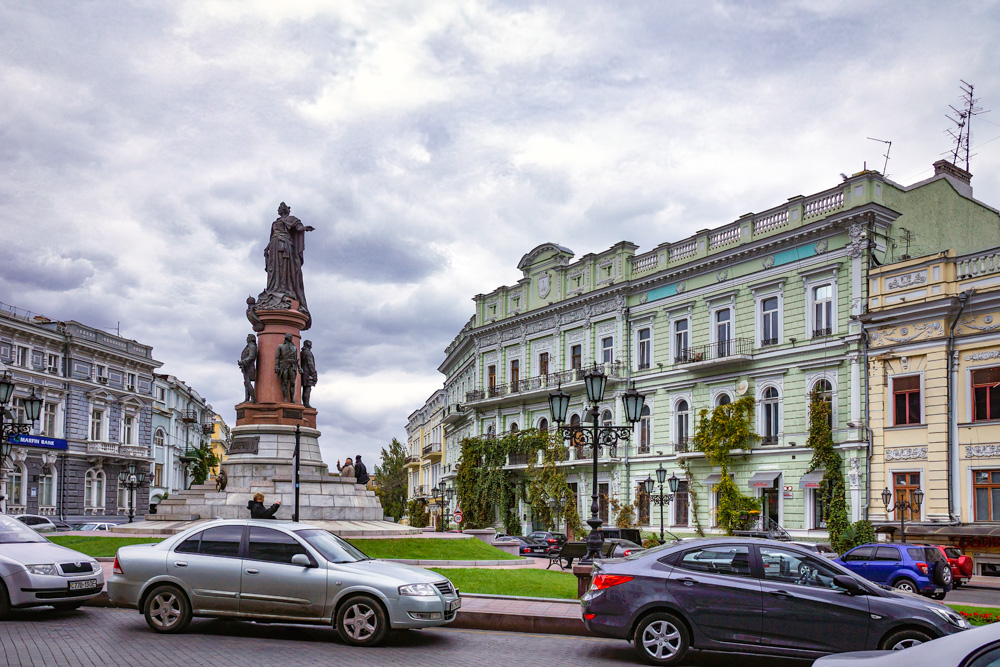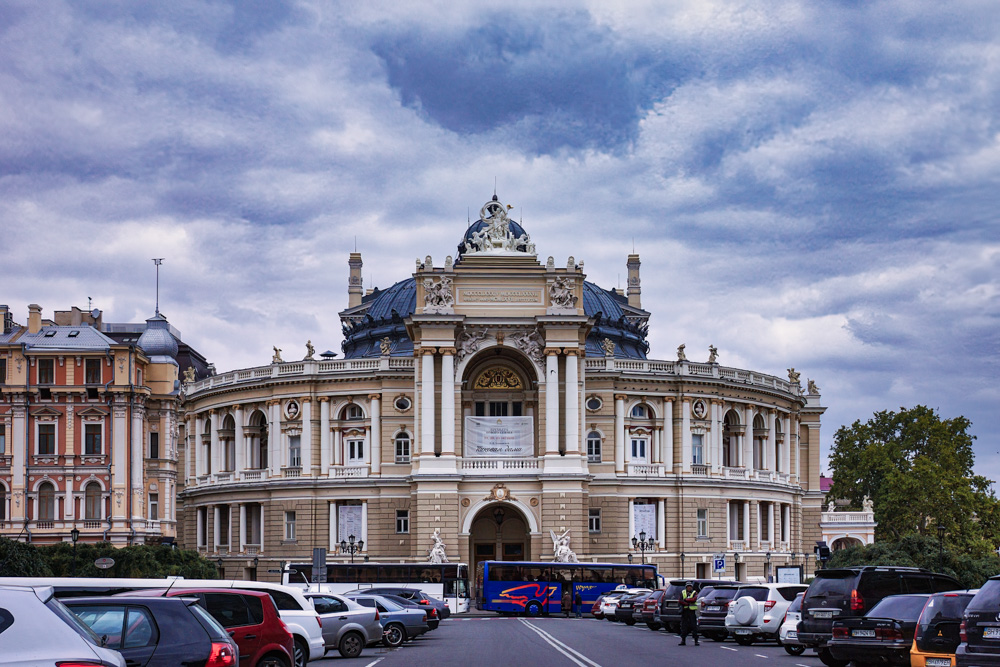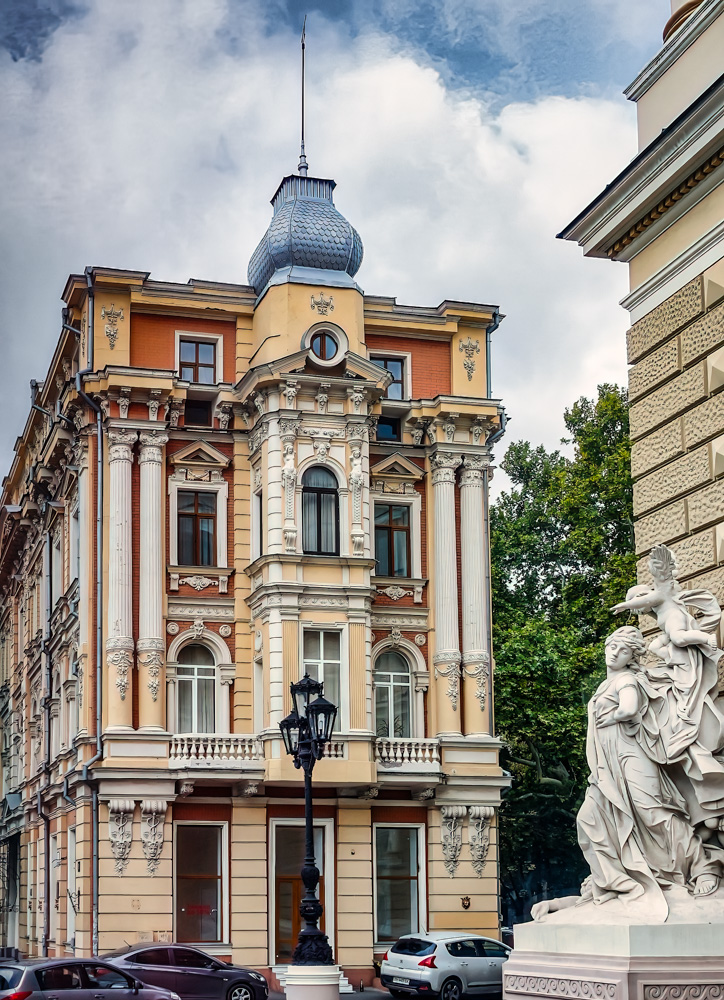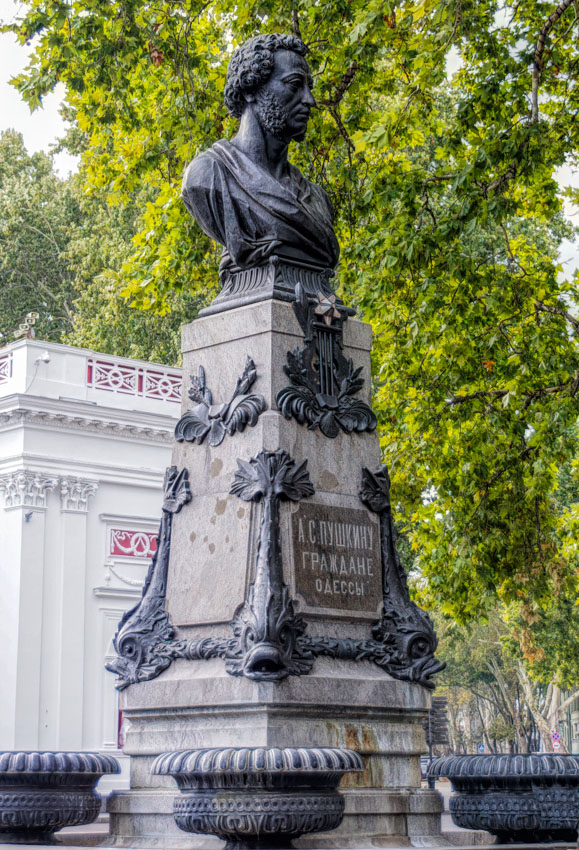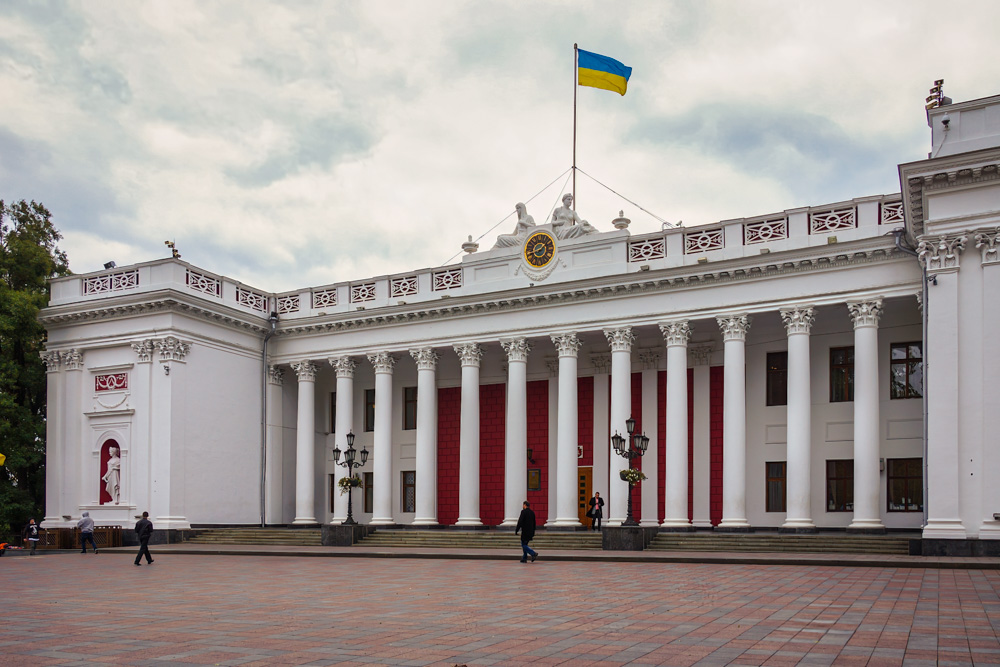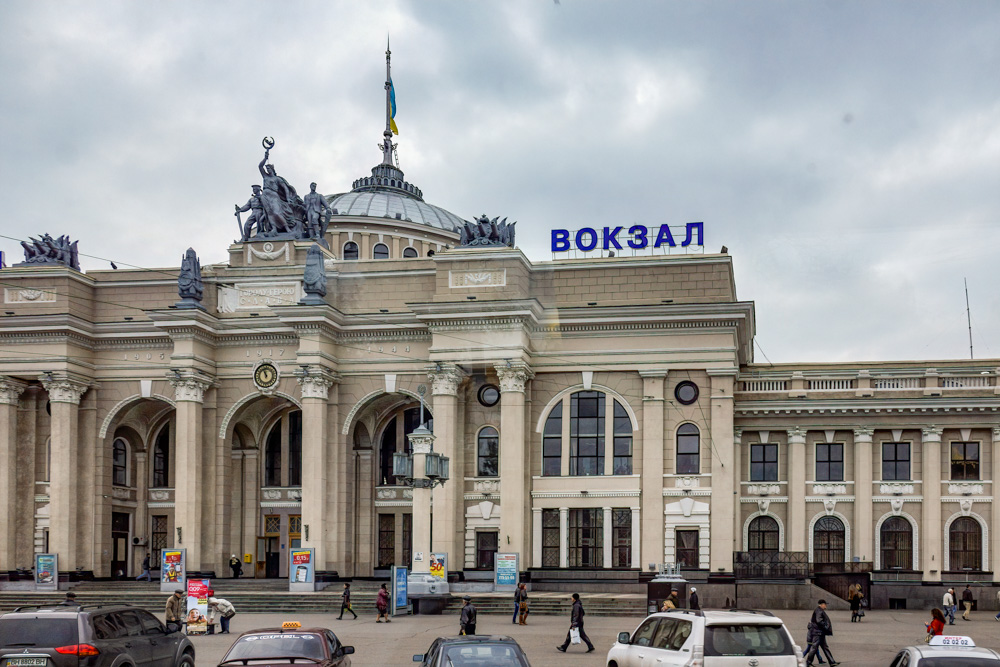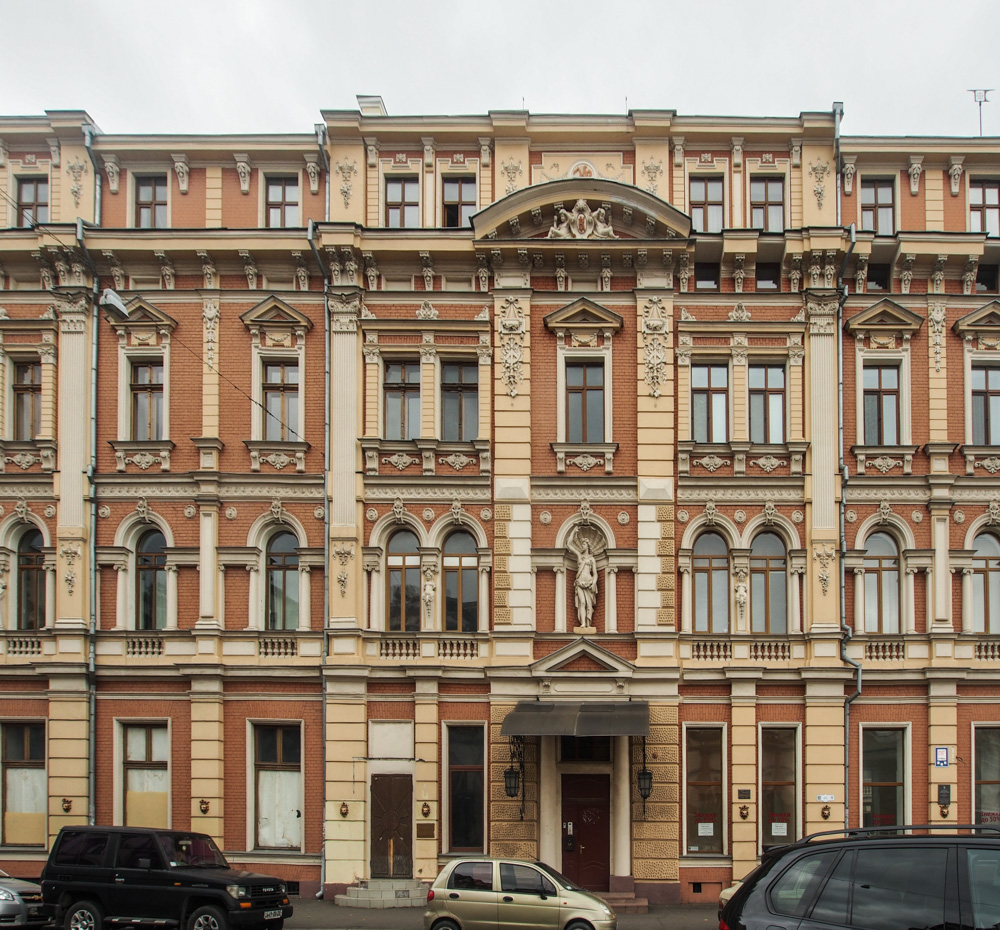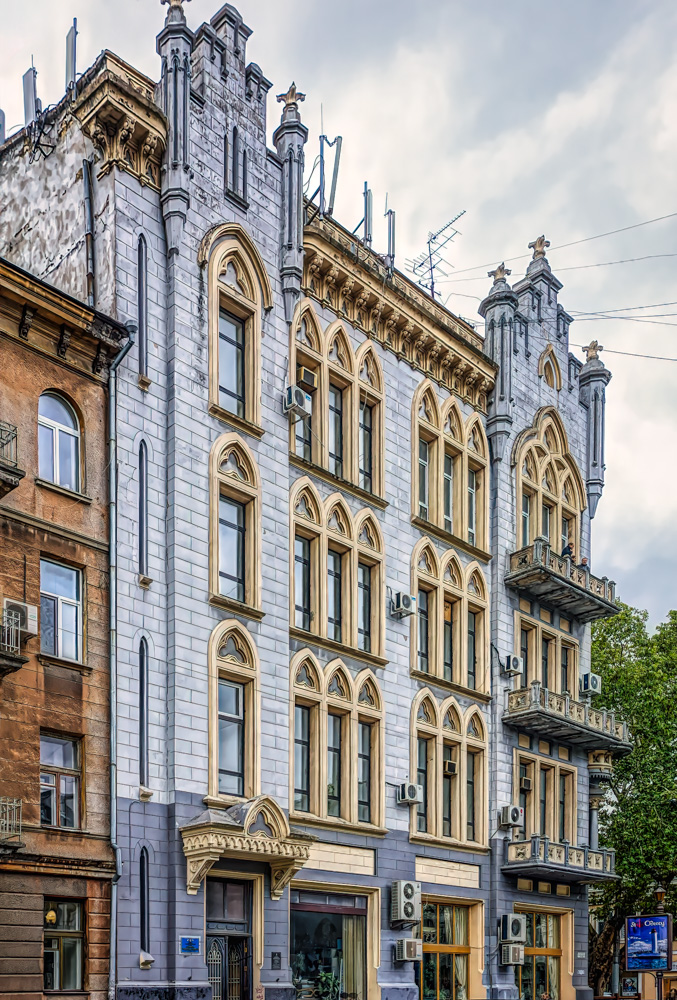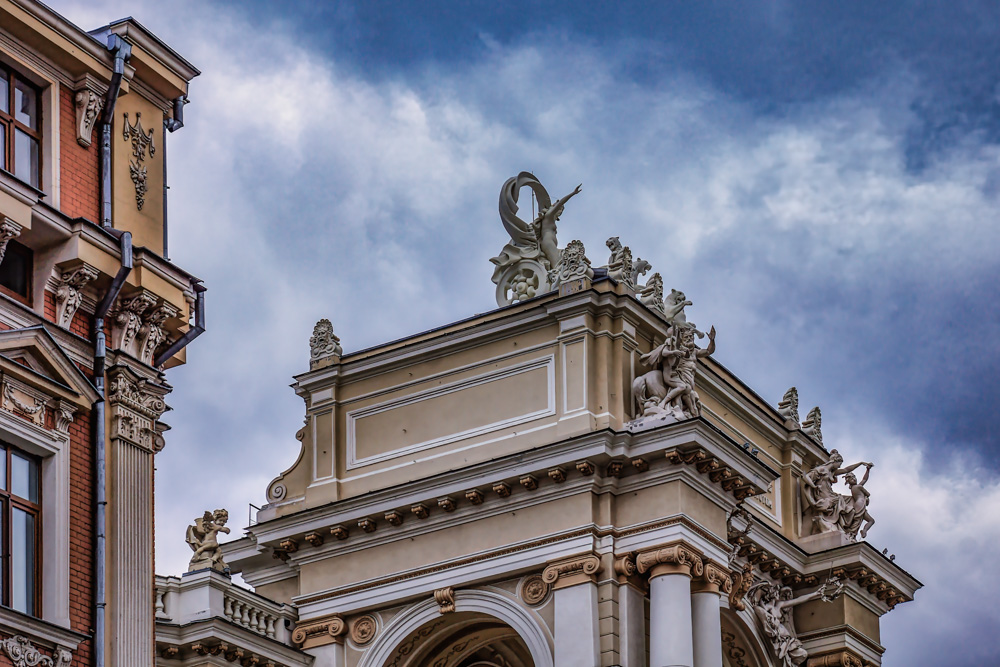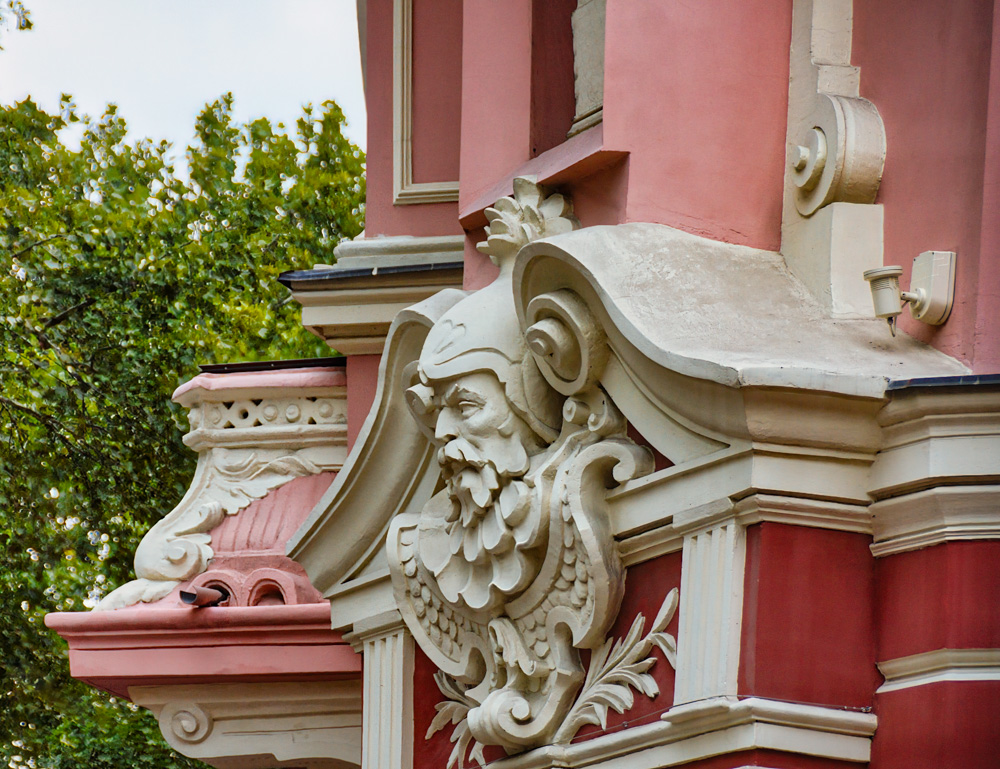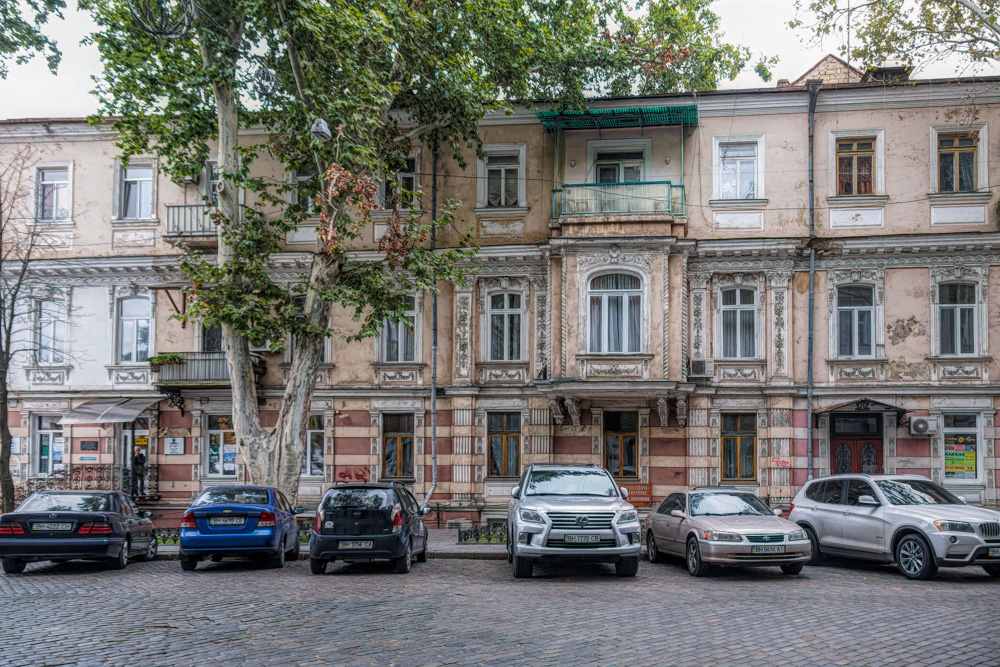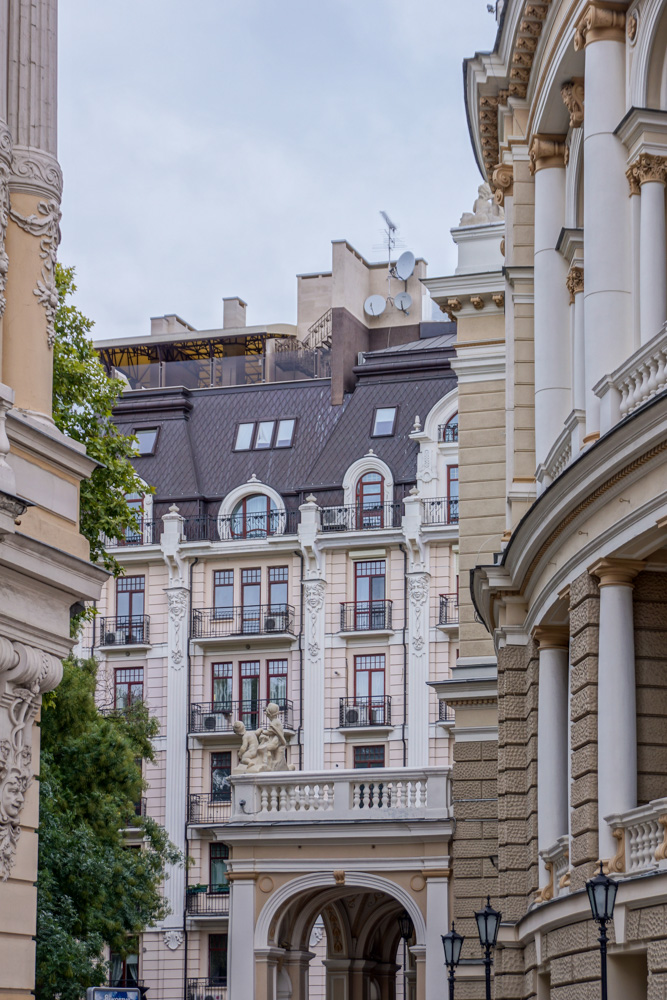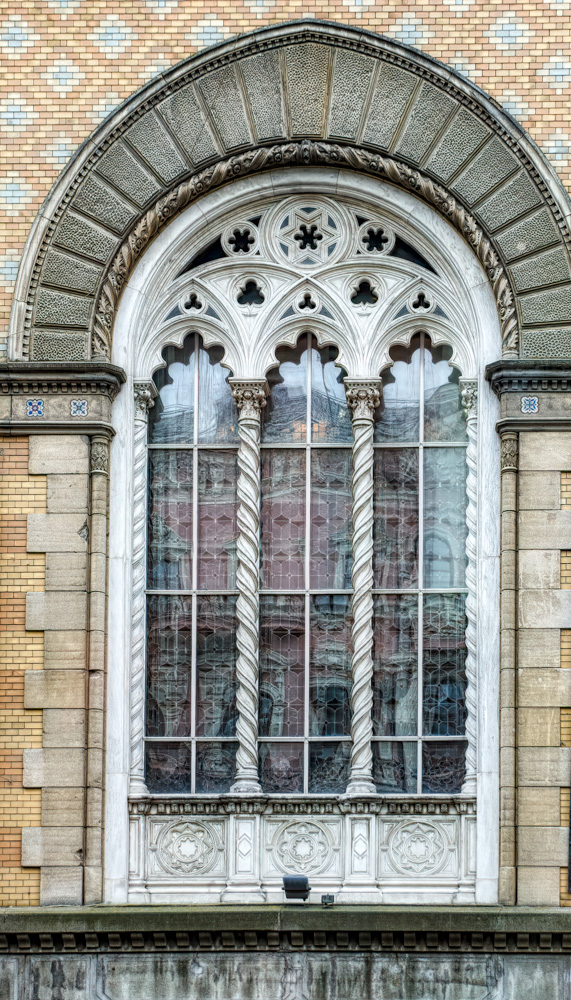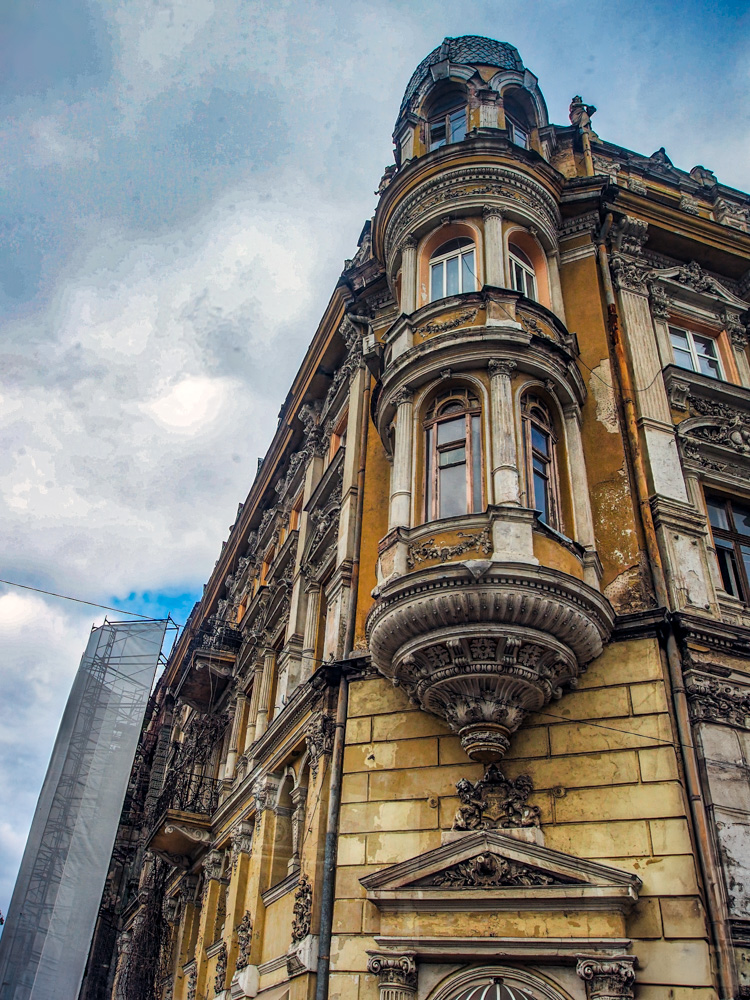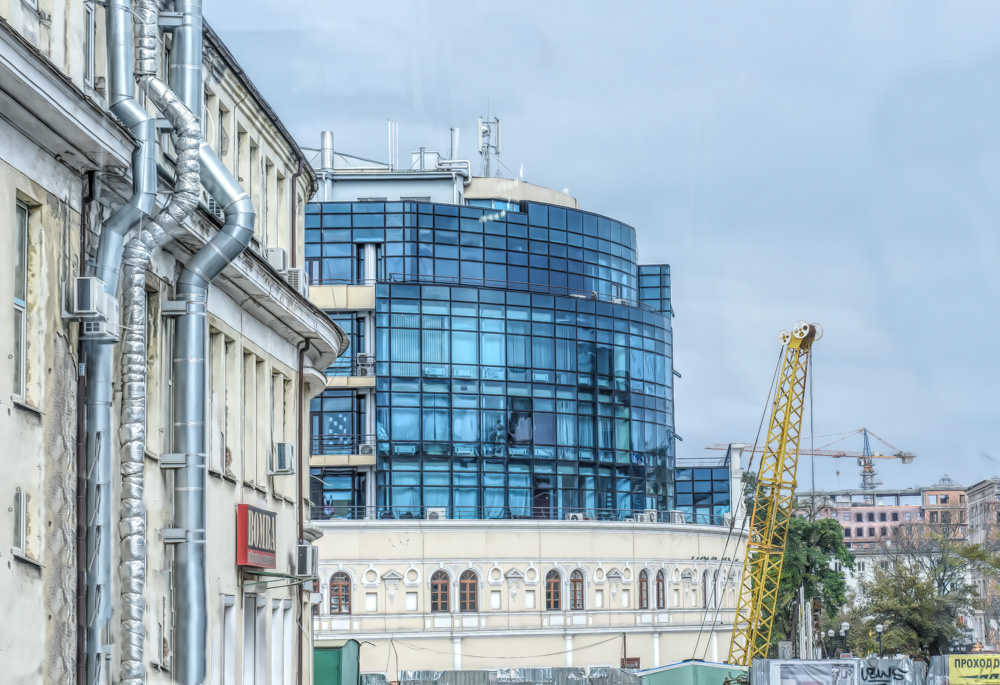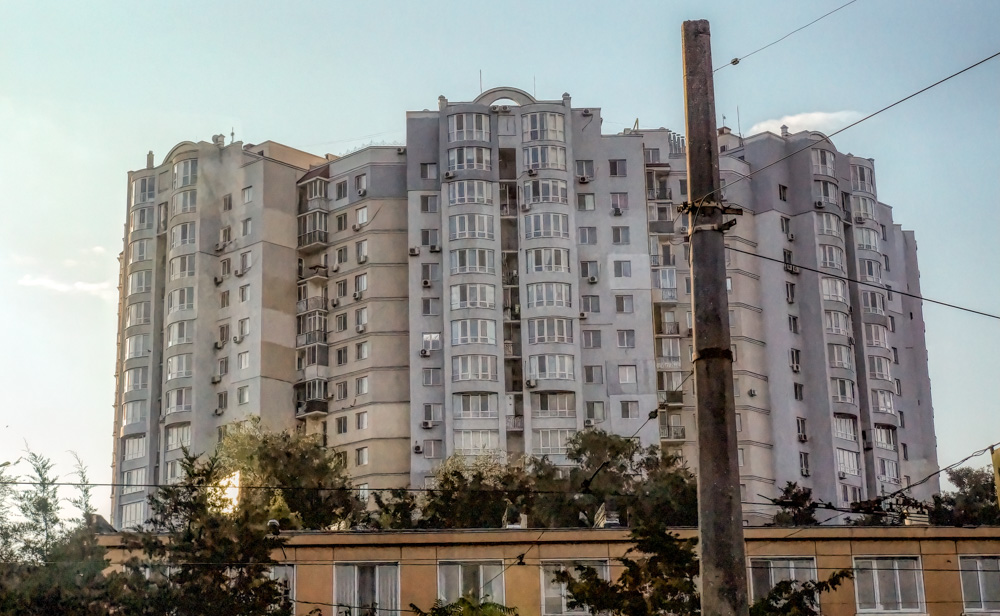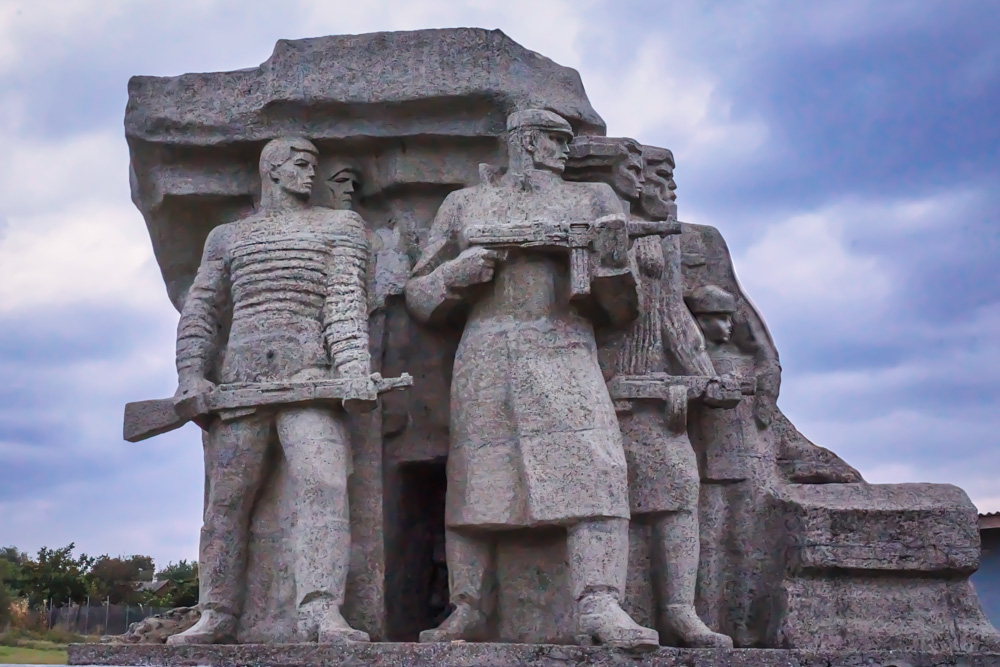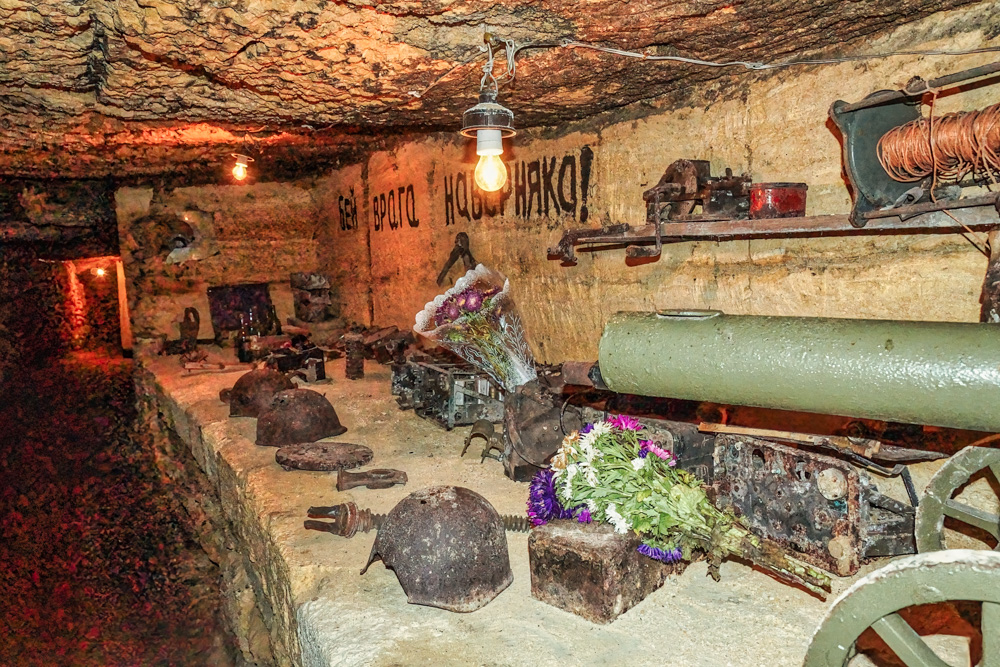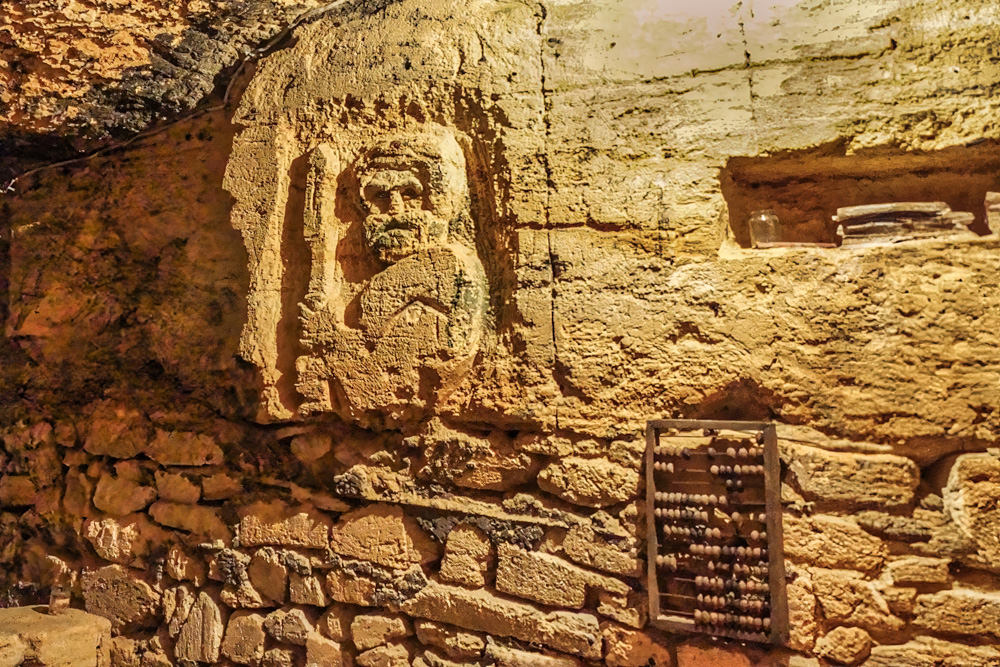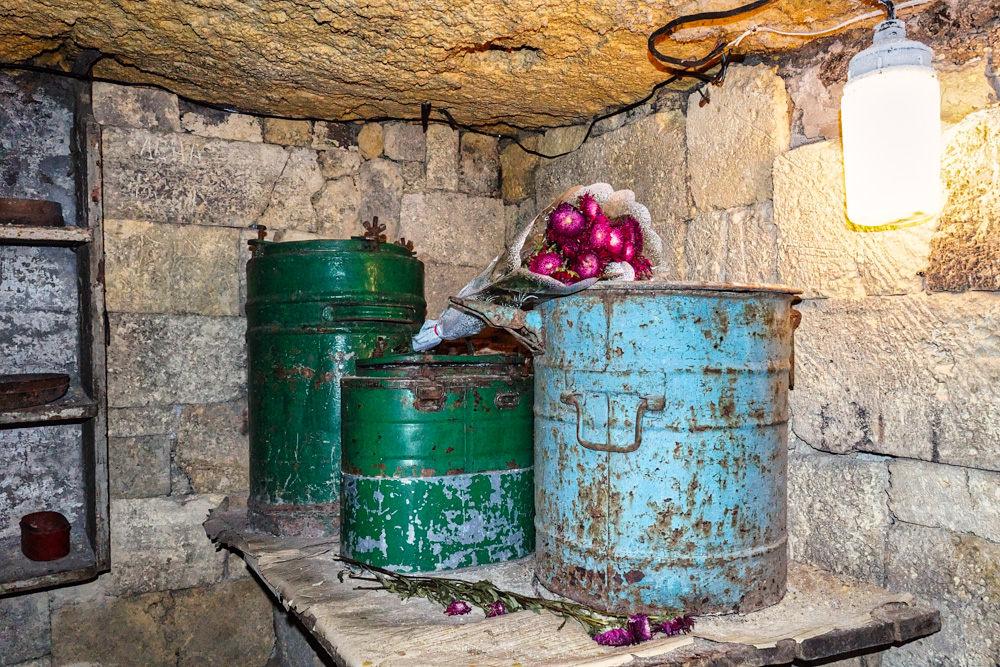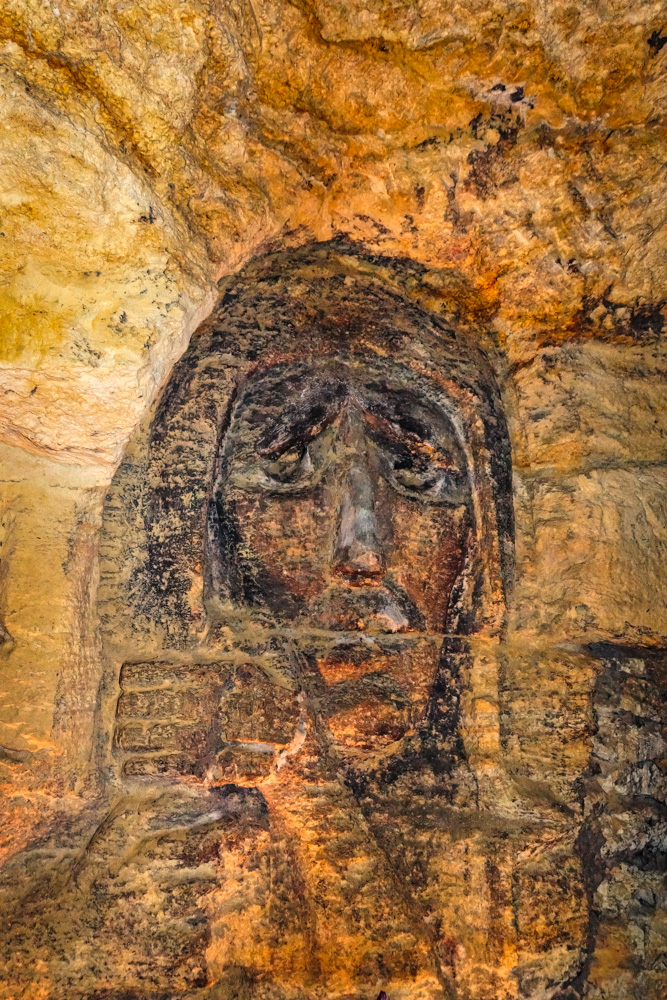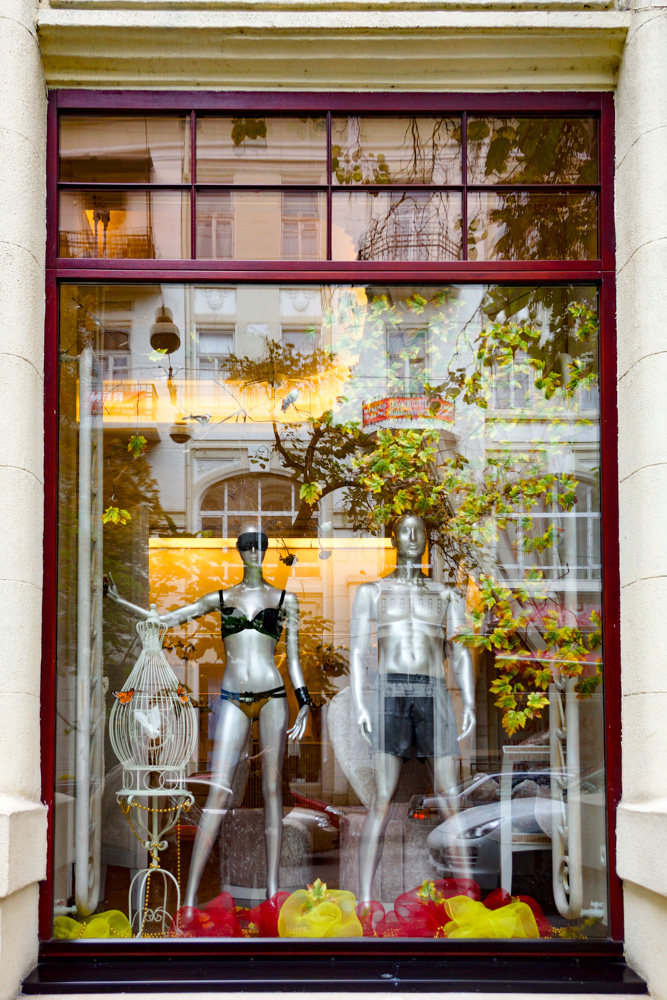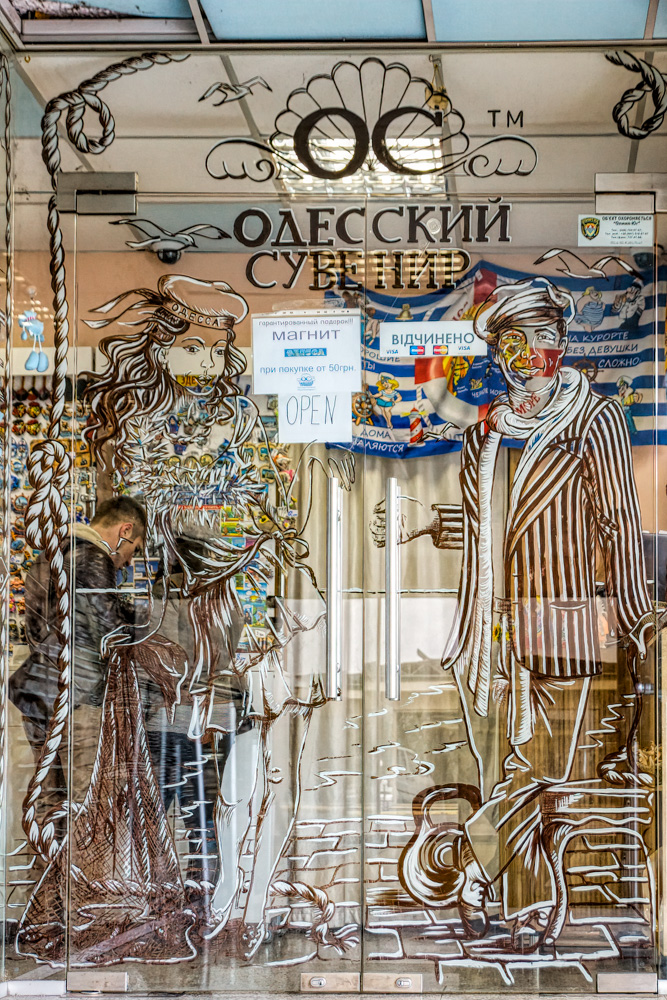Odesa, Ukraine
Odesa has a long and complicated history, like much of this area. In antiquity there was a Greek settlement at the site. There is known to have been a settlement which was part of the Grand Duchy of Lithuania by 1415. The Grand Duchy included large portions of the former Kievan Rus’ and other neighbouring states, including what is now Belarus, Lithuania, most of Ukraine as well as parts of Latvia, Moldova, Poland and Russia. Odesa became part of the Ottoman Empire in 1529 until the Ottomans’ defeat in the Russo-Turkish War (1787–1792). In 1794 Catherine the Great, empress of Russia, established a navy harbor and trading port and soon after it was named Odesa. From 1819 to 1858, it was a free port. During the Soviet period it was a trading port and naval base. Ukraine became independent again when the Soviet Union dissolved in 1991. Odesa is the third largest city in Ukraine and (was) a major seaport and transportation hub.
The two photos below are two (more) photos of a beautiful square. Both photos show a statue, which is no longer there. I don’t even dare name the square because it was named, at the time this photo was taken, Ekaterininskaya Square after Catherine the Great. Since then the statue has been removed to a museum. Also since the square has had at least seven name changes in the past, I will not dare to name it. It is a very pretty square though!
Below, two views of the beautiful Odesa Opera House and Ballet Theatre.
We visited the Odesa catacombs, a network of tunnels under the city and its outskirts. These tunnels are mostly a result of mining coquina (limestone) used for building material. Our visit focused on their use during World War II. Ukranian partisan groups operated from the catacombs and made surprise attacks on the fascists. The part of the catacombs we visited is called the Museum of Partisan Glory.
I love shop windows, especially if they have reflections. I think the one on the right is a transparent design on the window, plus reflections.
References:
Odesa at Wikipedia
Monument to the founders of Odesa
History of Ukraine
Odesa Catacombs
A Tour of the Odesa Catacombs
